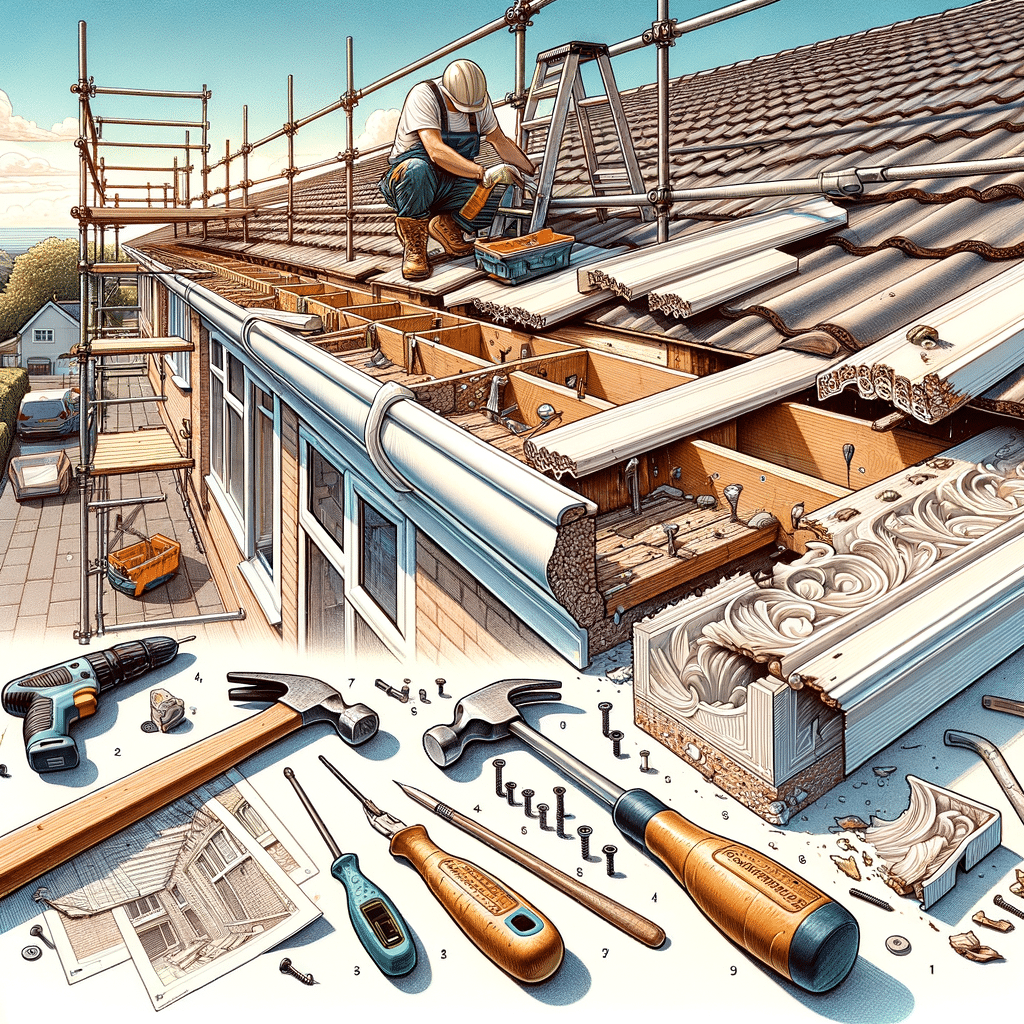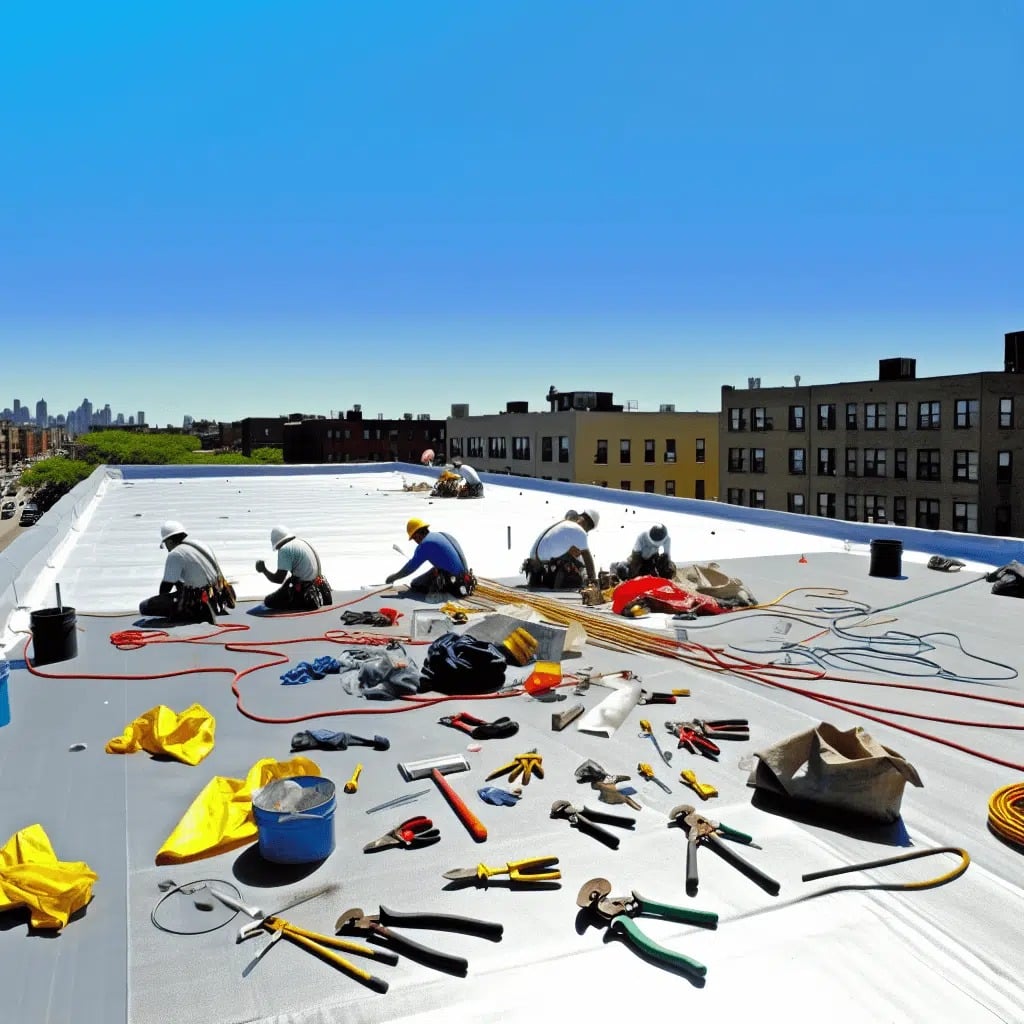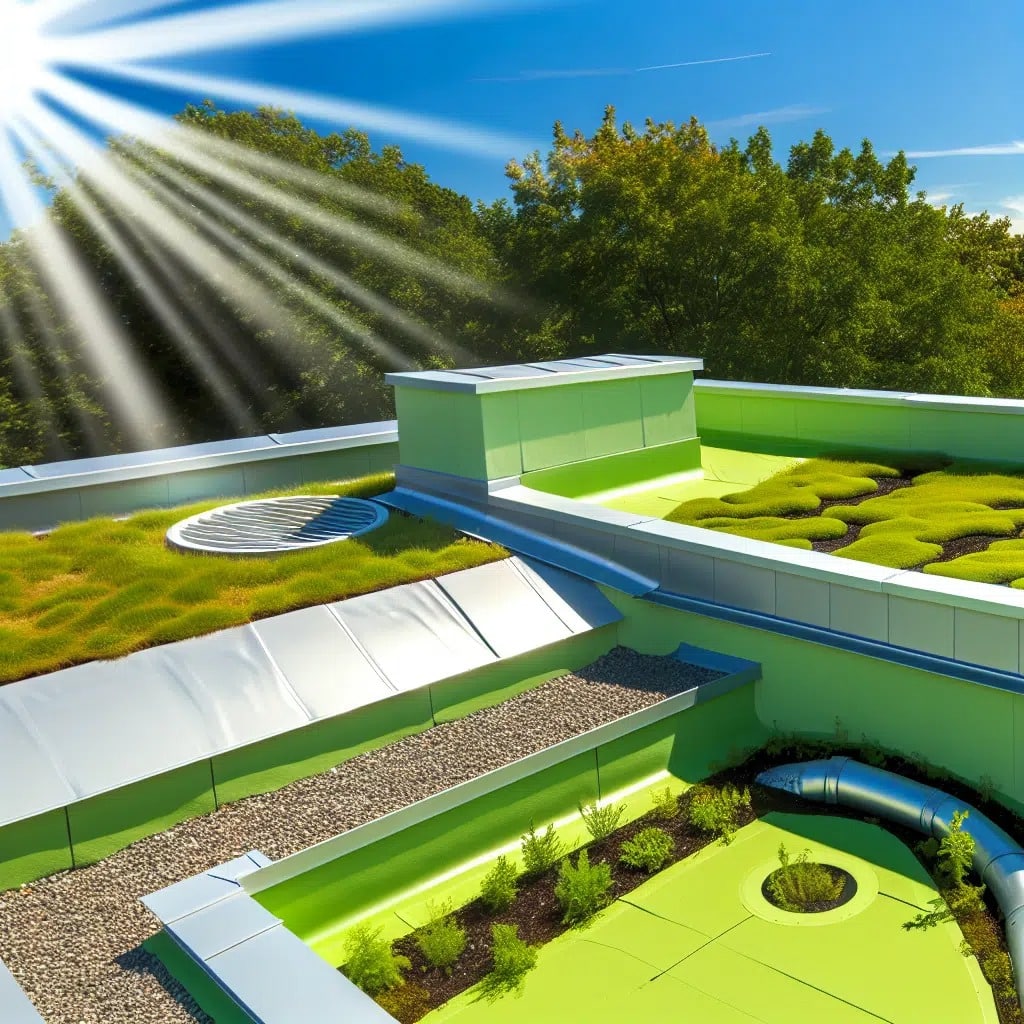The Unseen Protector: Why Your Fascia Boards Matter
Your home’s exterior faces relentless exposure to the elements, and at the forefront of this battle are your fascia boards. These boards run along the roofline, shielding the roof and interior from water damage and pests. In coastal areas like Newport, where the sea air carries moisture and salt, the risk to your home’s integrity multiplies. But fascia boards are often forgotten until problems arise, making preventive care imperative. Understanding their role and maintaining them is vital in averting costly repairs and ensuring your home stands strong.
With Newport’s unique weather patterns, the impacts on your fascia can be accelerated, leading to early degradation. Regular inspections, especially during seasonal transitions, can catch early signs of decay or damage. Evidence of such issues could range from peeling paint to soft spots that signal rot—or worse, a colony of pests finding a home. Swift action following these discoveries can prevent a cascade of structural problems. Navigate through these challenges by being vigilant and recognizing that maintenance is not just beneficial—it’s essential.
Establishing a Routine for Facia Health
Imagine discovering a small issue today that, if left unaddressed, could result in a full-blown roofing catastrophe tomorrow. This is the real threat posed by damaged fascia boards in a coastal environment like Newport. Establishing a twice-yearly inspection routine will not only highlight areas needing immediate attention but will also provide peace of mind as the seasons change. Through such practices, you embrace a proactive approach, and our local professionals at Rinaldi Roofing stand ready to expand on that with their tailored expertise. Securing your home’s protection begins with a simple step: acknowledgment of the crucial role your fascia boards play.
Decoding the Signs of Fascia Board Disrepair
Knowing what to look for can save you from unexpected costs and ensure the longevity of your Newport home’s fascia boards. Visible cracks, sagging, and water stains are clear indicators that repairs or possibly a replacement are imminent. An even subtler sign is a gutter system that overflows or doesn’t drain properly, which often is a direct result of fascia dysfunction. Whereas paint discoloration might seem cosmetic, it too can suggest deeper issues, like moisture intrusion or wood rot. It’s crucial to interpret these clues promptly and accurately to safeguard your home’s exterior.
Materials Made for Protection and Endurance
The material choice for your fascia boards can mean the difference between frequent repairs and a long-lasting defense against the elements. In Newport, where the coastal climate is unforgiving, materials such as high-density vinyl or aluminum offer superior resistance to moisture and salt penetration. These modern alternatives stand steadfast against the rigors of the environment, boasting benefits that extend beyond durability to include ease of maintenance and aesthetic versatility. Rinaldi Roofing advises on the best materials tailored to your specific situation, ensuring your selection aligns with not only Newport’s climate but also with your personal style and budget considerations.
Expertise That Makes a Difference
Dealing with the intricate particulars of fascia board repair demands a sophisticated blend of know-how and experience—qualities that are the hallmark of a trusted expert like Rinaldi Roofing. With a deep-rooted understanding of Newport’s weather patterns and its effects on roofing components, they bring a level of insight that is unparalleled in local roofing solutions. Their crew doesn’t just simply repair; they administer a thorough examination, identifying any underlying issues that could escalate if overlooked. This meticulous approach ensures that each job, whether a minor fix or a major overhaul, meets the highest standards of quality. It’s not just about making repairs—it’s about extending the life of your entire roofing system.
Proactive Measures for Lasting Fascia Board Integrity
Adopting a proactive stance toward fascia board care is the first solid step toward deflecting costly repairs down the line. By scheduling regular inspections and cleanings, you’re not only maintaining the aesthetics of your Newport home but also its market value and structural integrity. Paying close attention to your gutters’ performance, especially after heavy rainfall, can indicate the health of your fascia boards. Simple actions like ensuring your gutters are free of debris can extend the longevity of the fascia. A consistent, preventative approach will make the need for repairs an exception rather than a rule.
When to Call the Experts
While routine DIY checks are a good habit, there’s no substitute for professional expertise when it comes to detailed inspections and repairs. For homeowners in Newport, knowing when to call in the professionals can be the key to averting extensive damage. Rinaldi Roofing offers comprehensive assessments, ensuring that every facet of your fascia boards is thoroughly evaluated. They can pinpoint potential problems you might miss and determine the most effective course of action. Trusting in specialists means securing the future of your roof and home.
Reinforcing Homeowner Peace of Mind
In conclusion, your home’s façade is a reflection of your commitment to its care, and nowhere is this more apparent than in the state of your fascia boards. A robust fascia forms the front line in preserving your dwelling, and in a challenging environment like Newport’s, this is of paramount importance. The expert team at Rinaldi Roofing is dedicated to reinforcing this protection, offering tailored solutions that meet the specific demands of our local coastal conditions. By prioritizing the health of your fascia, you are not only ensuring a sound structure but also reinforcing the tranquility and security within. Embrace the wisdom of preventative maintenance, and trust in Newport’s finest to provide the care your home deserves.
Insights From The Experts
Tip 1:
Regular inspections are key to maintaining your fascia boards. Newport’s coastal environment can cause unexpected wear, so checking twice a year—in the spring and fall—can help you catch issues early.
Tip 2:
Look for signs of rot, water damage, or pest infestation to determine the health of your fascia boards. Any soft spots, flaking paint, or bug activity can indicate it’s time for repairs or replacement.
Tip 3:
Choose materials that withstand coastal weather conditions. For Newport homes, materials like vinyl or aluminum can offer longer-lasting protection against the moisture and salt present in the seaside air.
Tip 4:
Ensure proper gutter maintenance to protect your fascia boards. Clogged gutters can overflow and cause water to back up onto the fascia, accelerating damage and requiring more frequent repairs.
Tip 5:
Consult with local Newport roofing professionals for personalized advice. They can offer solutions tailored to your home’s specific needs, considering factors like house orientation, local climate, and roofing materials.
Your Fascia Board Queries Answered
How often should Newport homeowners inspect their fascia boards for repairs?
It’s best to inspect fascia boards at least twice a year, ideally in the spring and fall, to catch and address any damage from seasonal weather changes.
What are the signs that indicate fascia board damage or need for repair?
Visible signs include flaking paint, visible rot, soft spots on the wood, and water marks or staining indicative of leakage.
Can damaged fascia boards impact the overall integrity of a Newport roof?
Absolutely, as fascia boards provide structural support and protection for the lower edge of the roof; damage here can lead to broader roof and water damage issues.
What materials are best for fascia boards in coastal areas like Newport?
Materials like vinyl, aluminum, and treated woods that can withstand constant moisture and salt exposure are ideal for coastal environments.
How can homeowners in Newport minimize the need for frequent fascia board repairs?
Regular maintenance, proper gutter care, and using materials optimized for coastal conditions are key steps in reducing the frequency of repairs.



